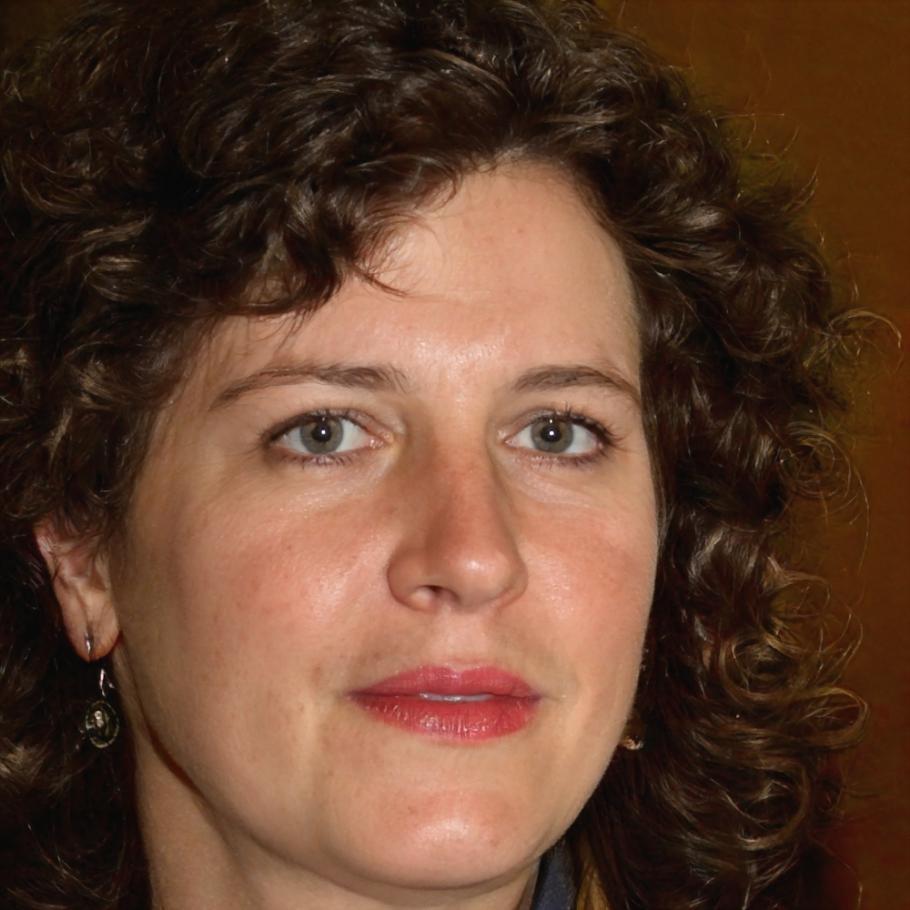Network Troubleshooting Mastery Program
Over the last eight years, we've trained 247 IT professionals who now work across Australia's tech sector. Most came in knowing basic connectivity concepts but left able to diagnose complex infrastructure issues independently.
This isn't about theory. Starting September 2025, our twelve-month intensive program puts you in front of real network problems from week three onwards. You'll spend 480 hours working through actual scenarios our team has encountered in enterprise environments.
We don't promise jobs. But 78% of our 2024 cohort secured network engineering roles within nine months of graduation—because they could demonstrate practical troubleshooting skills employers actually need.

Total hands-on practice hours with real equipment
Month comprehensive program from basics to advanced
Professionals trained since program launch in 2017
Student to instructor ratio for personalized guidance
How Your Year Unfolds
We've structured the program around how network engineers actually build expertise. Each phase builds on what came before—you can't skip ahead because the foundation matters.
Months 1-3
Network fundamentals and protocol analysis. You'll capture and interpret 50+ different packet types by week twelve.
Months 4-6
Router configuration and switching issues. Hands-on with Cisco, Juniper, and open-source platforms in our lab environment.
Months 7-9
Advanced diagnostics and security protocols. Work through 35 real-world scenarios based on client cases from 2023-2024.
Months 10-12
Capstone project troubleshooting a simulated enterprise network. Present findings to working network engineers who provide feedback.
Who Teaches This Program
Our instructors run active consulting practices. They're dealing with network issues every week—which means you're learning from people who can't afford to teach outdated methods.
Each has spent at least a decade in enterprise environments. And they actually want to be here. We've found that makes a difference when you're stuck at 9pm trying to understand why a routing table isn't updating properly.

Lachlan Pemberton
Lead Instructor
Spent fourteen years managing networks for financial services firms in Sydney. Now splits time between consulting and teaching the diagnostic approaches that actually work under pressure.

Stellan Thorvaldsen
Senior Instructor
Built his career troubleshooting multinational corporate networks across Asia-Pacific. Known for breaking down complex routing problems into steps students can actually follow.

Verity Blackwood
Technical Instructor
Former network architect for government infrastructure projects. Teaches the security and compliance aspects that most programs ignore but employers expect you to know.
What You'll Actually Learn
Core Technical Skills
We focus on diagnostic methodology over tool memorization. Because tools change but the logical process for isolating network problems stays consistent.
- Packet capture analysis using Wireshark and tcpdump across different network segments
- Router and switch configuration for Cisco IOS, Juniper Junos, and Linux-based systems
- VLAN troubleshooting and spanning tree protocol issue resolution
- DNS and DHCP failure diagnosis in enterprise environments
- VPN connectivity problems across different vendor implementations
- Performance bottleneck identification using monitoring tools and baseline analysis
Lab Environment Access
You'll have 24/7 access to our network lab in Castle Hill. Eighteen racks of equipment—routers, switches, firewalls, servers—configured to simulate real business networks.
Plus remote access to virtual lab environments when you need to work from home. Last year students logged an average of 340 hours in the lab beyond scheduled class time.
Schedule and Time Commitment
Classes run Tuesday and Thursday evenings 6:30-9:30pm, plus Saturday mornings 9am-1pm. Program begins September 13, 2025 and runs through August 29, 2026.
Expect to spend another 10-15 hours weekly on independent lab work and reading. This isn't a casual commitment—but then network engineering isn't a casual profession.
Prerequisites and Expectations
You need basic IT literacy and some exposure to command-line interfaces. We're not teaching you what an IP address is—we're teaching you how to diagnose why traffic isn't reaching that IP address.
Most students come from helpdesk roles, system administration, or related technical backgrounds. A few career changers join each cohort but struggle more in the early months.